The Royal Treatment: A Royal Alloy Morning
- motosynthesisph
- Feb 28, 2021
- 4 min read
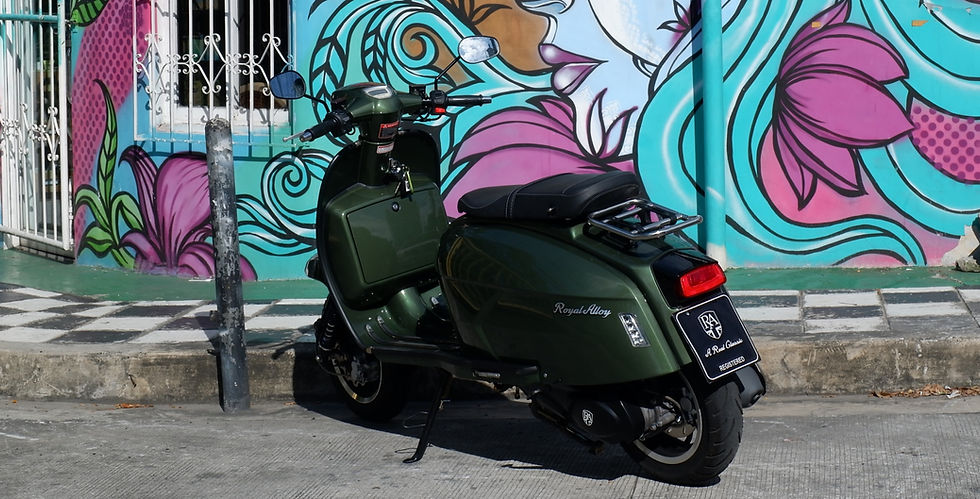
In the late hours of Saturday evening, a post made its way across my social media feed, in the form of an open invitation to test a new set of scooters from a relatively young company. While I had known of their entrance into the market since late last year, I had never had a chance to see the bikes up close and personal, so this was a welcome opportunity to get my hands on the bike and see what they were all about.
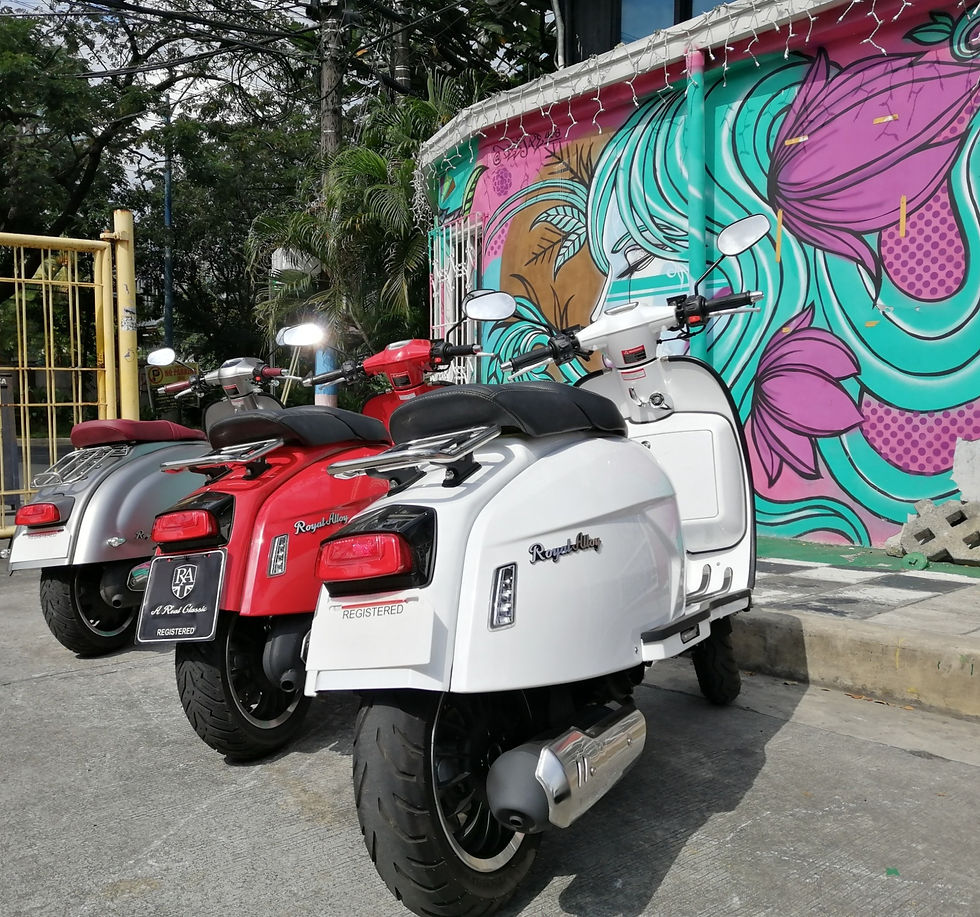
Designed in the United Kingdom and built in Thailand, Royal Alloy entered the Philippine market back in late 2020. With their initial offerings, the 169cc GP180, and the 278cc GP300S and TG300S, Royal Alloy Philippines hopes to elevate the Pinoy rider away from the traditional South East Asian mopeds into more stylish European-inspired scooters, but without breaking the bank too badly. The question that remains though, is if La Dolce Vita can sway the Filipino buyer away from the practical, logical choice in this already oversaturated scooter market?
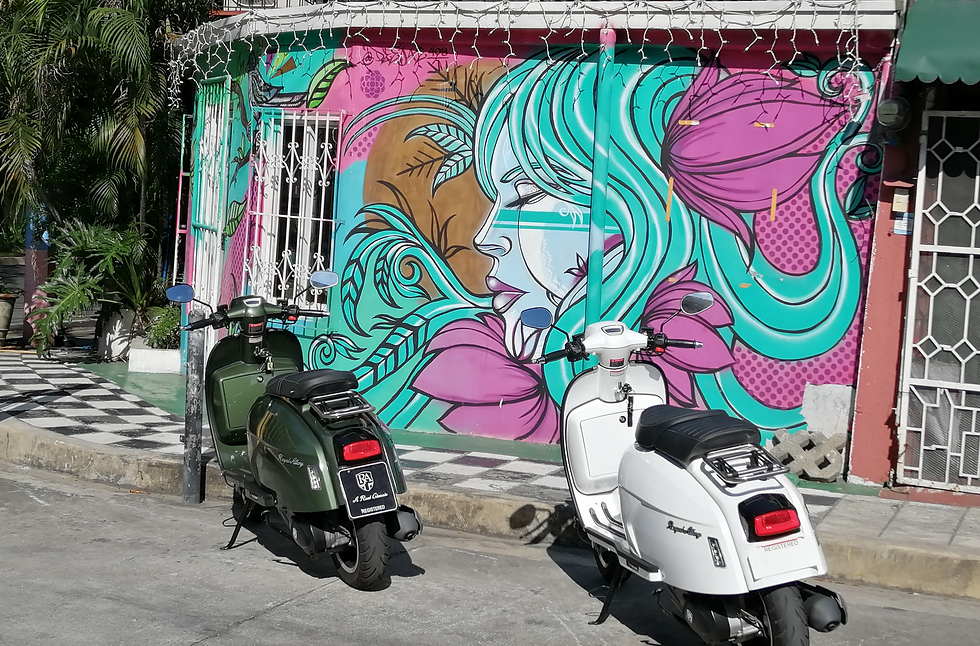
Right off the bat, Royal Alloy is taking the fight to the Big 3 manufacturers on the back foot. For starters, their offerings, though stylish, suffer from a lack of luggage capacity. Where the industry mainstays have underseat storage and even cubbyholes in the front of the scooter, Royal Alloy places the gas tank under the seat, with no room for any storage at all, even with the small compartment behind the front cowl. This can be solved with rear luggage and saddlebags, of course, but an underseat compartment will always be the more secure option. On top of this, while the Royal Alloy scooters are very reasonably priced for what they are, they are still more expensive than the offerings of the Big 3 by a significant amount. As Filipino buyers always consider budget in their list of priorities, a price tag in the 1000 pesos per cubic centimeter would dissuade many would-be owners.
Logically, then, the Royal Alloy scooters wouldn’t be the first choice commuters have. That said, who buys a scooter like this with logic?
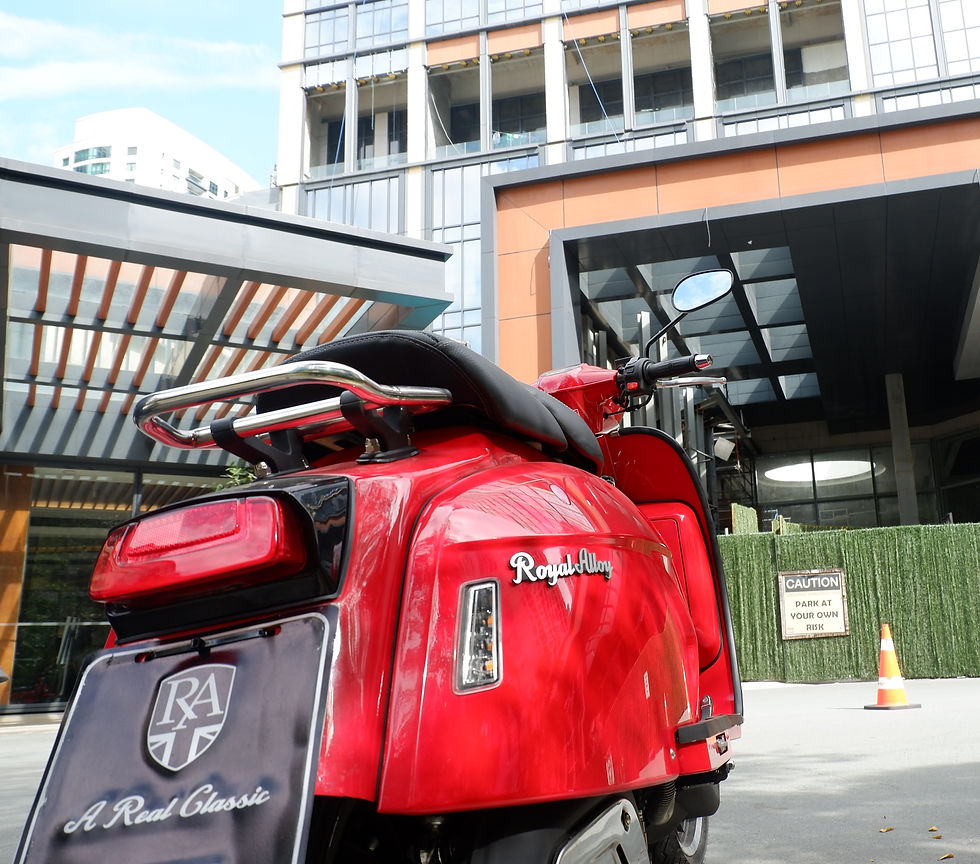
Royal Alloy scooters have something special about them that the others don’t, and likely never will. Just like the Jack of All Trades is the Master of None, offerings from the Big Three manufacturers can accomplish a plethora of tasks well, but in that utility, they remain in the realm of tools, and appliances, never quite worming their way into your heart. You don’t form a bond with them, and continue to only see them for the utility they offer and pride themselves on.
Brands like Royal Alloy present themselves as a lifestyle brand – the kind of brand you buy for fun, for the aesthetic, and for the heck of it. And in that regard, Royal Alloy is doing a mighty fine job.

Having been fortunate enough to sample all of their available rides, I can confidently say that the Royal Alloy scooters are completely different from a typical commuter bike.
First, let’s talk about the weight of the scooters. With their all-metal bodies, the Royal Alloys are not featherweights. In fact, they’re actually quite heavy. This extra weight, though hampering outright performance, makes the bikes very stable when ridden. The suspension is able to cope very well with the weight of the bike and the rider, and still remain supple enough to ensure rider comfort over the bumps and uneven pavement of Makati’s roads.

Performance-wise, the GP180 felt very surefooted, if a little lacking in power – I suspect the weight of the body is a contributing factor. This problem is non-existent in the GP and TG300 though, because the 278cc HPE engine is a much better match for these beasts. Where the 180 was a smooth climb up the speedometer, the 300 is more of a surge towards maximum velocity – a surge that shocks the rider at first, but then encourages the rider to give it more welly.
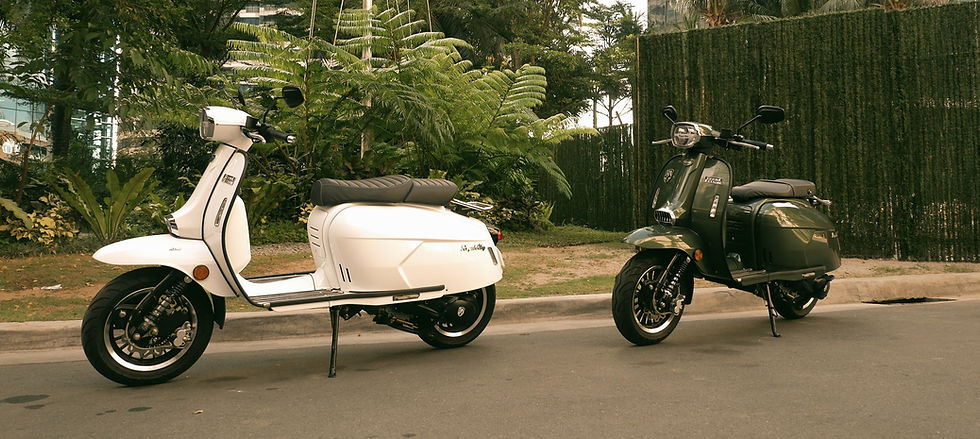
These bikes though perform one task better than others – they look really, REALLY good. Vespa - one of Royal Alloy’s contemporaries in terms of aesthetic - had many people feeling unsure about their new design philosophy, the modern curves and angles providing a stark contrast to the beloved classic. With Royal Alloy, the scooters were designed to look retro from the get go, emulating the lines and proportions of those classic Italian scooters more faithfully. The TG300 is even emulating the original Lambretta Series 2 in its design almost perfectly.
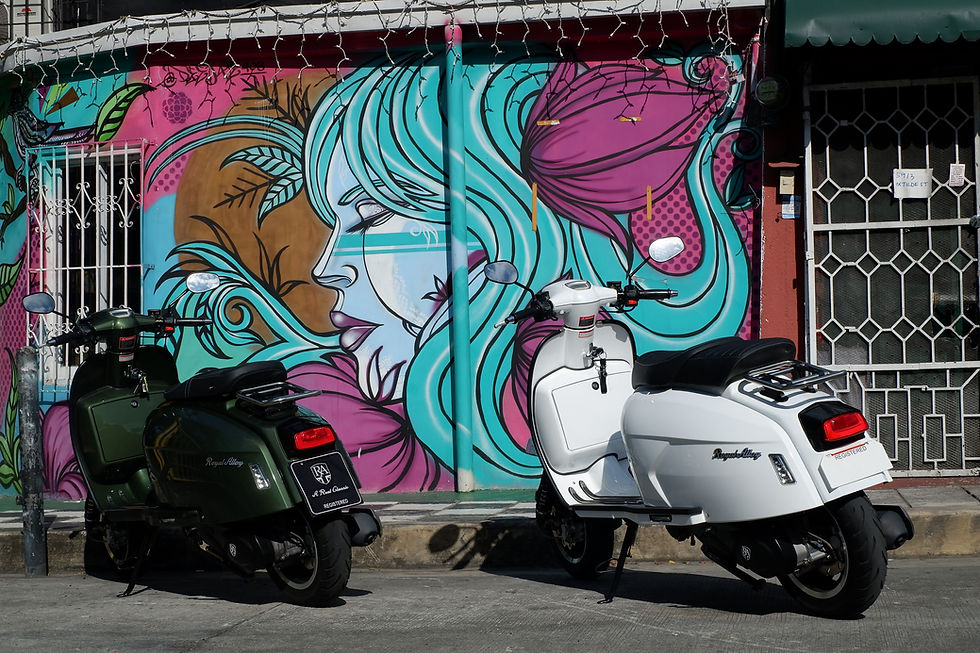
Royal Alloy’s offerings present a new, more aesthetically pleasing way to get around town, and they do so with an Italian flair, despite being made in Thailand and designed in the UK. They evoke the same kind of passionate riding Italians in the 60s were known for – someone who owns these scooters will definitely find themselves imagining what life would have been like in the 1960’s around Lake Como - the wind in your hair, dappled sunlight in your eyes, and listening to Matt Monroe’s “On Days Like These” in your head. Just watch out for bulldozers.
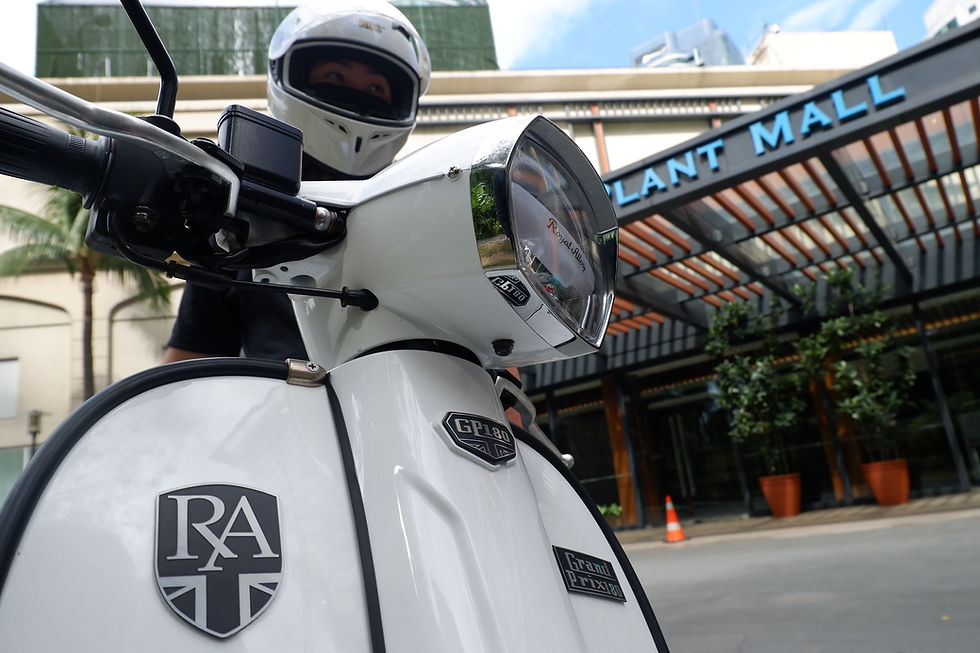
As with all new brands, Royal Alloy has an uphill climb ahead to find a foothold in the market like its counterparts. The Philippine Lifestyle market is finicky and sometimes quite unforgiving, but it is also full of loyalists and enthusiasts – people who understand that every brand deserves a chance to make a good impression. And with the scooters Royal Alloy is offering, first impressions are definitely good.








































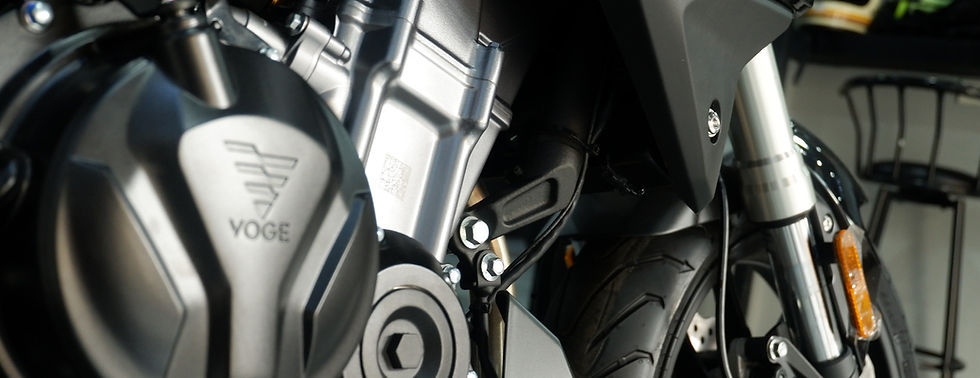

Comments